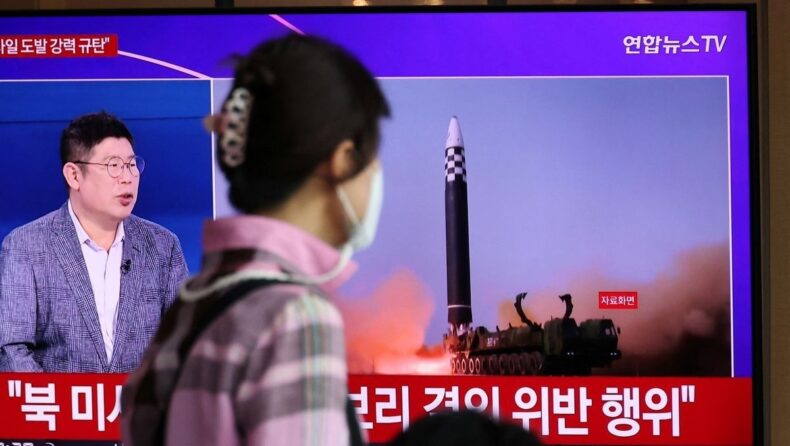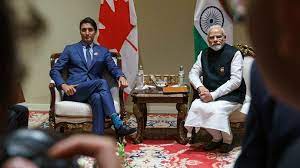In the wake of an unprecedented coronavirus outbreak, North Korean state media have remained quiet about a recent flurry of missile tests – perhaps to avoid overshadowing a nuclear test.
On Wednesday, North Korea fired three missiles, including its largest intercontinental ballistic missile (ICBM), the HS-17, prompting live-fire exercises between the United States and South Korea and renewed calls for new U.N. sanctions.
As part of preparations for its seventh nuclear test, South Korea’s deputy national security adviser, Kim Tae-Hyo, said the North also appeared to have conducted multiple experiments with a detonation device. Still, the test was unlikely to occur soon.
U.S. and South Korean militaries performed live-fire drills following the missile launches, including tests of the U.S. Army’s Tactical Missile System (ATACMS) and the South’s Hyunmoo-2 SRBM.
They also put on other military shows of force, such as dozens of fighter jets in an “Elephant Walk” formation, highlighting new South Korean President Yoon Suk-yeol’s harder-line policy on the North’s accelerating weapons tests.
Near-simultaneous launches of multiple types of missiles came amid the first confirmed COVID-19 outbreak, which U.N. agencies say could have disastrous consequences for the country’s 25 million people.

Analysts say the tests show the North is committed to making technical progress on its weapons programmes. However, state media have been reticent about the country’s nuclear and missile development, which would otherwise be trumpeted.
“As the North is also preparing for a new nuclear test, state media could be waiting to maximize its propaganda effect by refraining from publicizing tests of missiles already unveiled,” said Cheong Seong-chang, director of the Sejong Institute’s North Korea studies centre in South Korea.
The recent tests have not always been successful. For example, according to the South Korean media, the second of the three missiles fired on Wednesday, believed to be a KN-23 SRBM, failed mid-flight.
“These may be purely about making technical progress and, in the case of the suspected KN-23s, getting added operational experience,” said Ankit Panda, a senior fellow at the U.S.-based Carnegie Endowment for International Peace.
Kim Tae-Hyo, South Korea’s deputy national security adviser, said the ICBM test checked the missile’s stage separation and propulsion systems and its overall performance. At the same time, the SRBM launch may have improved the missile’s nuclear delivery capability.
It appears North Korea may have conducted multiple experiments with a detonation device in preparation for its first nuclear test since 2017. However, the test is unlikely to take place soon.

“North Korea’s nuclear programmes continue to be evolving,” Kim told reporters on Wednesday. ”The progress might not show a vertical ascent, but you have to make checks and improvements constantly.” “That’s why sanctions are important, and restraining or slowing that progress is our task,” he added.
The lack of coverage by Rodong Sinmun, the North’s official paper that serves as its primary propaganda tool, suggests Pyongyang was not seeking any “internal propaganda benefit” from those tests. Cheong of the Sejong Institute believes the silence of state media may also be intended to minimize China’s complaints and facilitate its COVID aid.
South Korea and the United States have offered North Korea COVID vaccines and medical supplies, but Seoul’s intelligence agency told lawmakers last week that the country is receiving Chinese assistance.
“North Korea was in desperate need of Chinese support to tackle the COVID wave, and you wouldn’t want to make them uncomfortable,” Cheong said. North Korea has launched an array of missiles this year, including hypersonic weapons and testing its biggest intercontinental ballistic missiles (ICBMs) for the first time in nearly five years.
Washington and Seoul officials have also recently warned that North Korea might resume nuclear weapons testing for the first time since 2017.
Read More : North Korea launches three ballistic missiles toward the sea: Seoul













